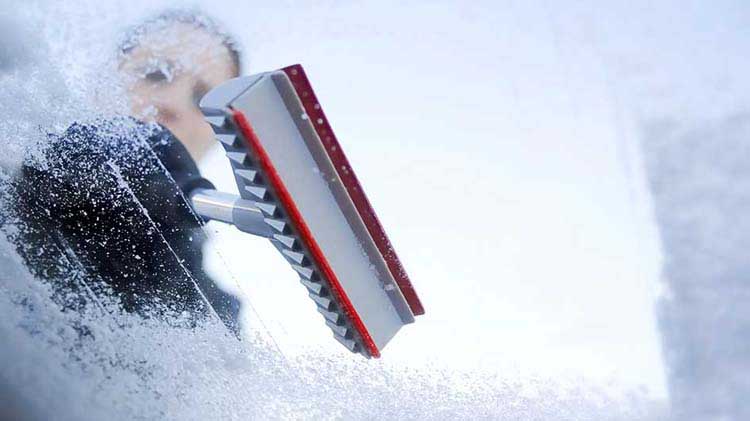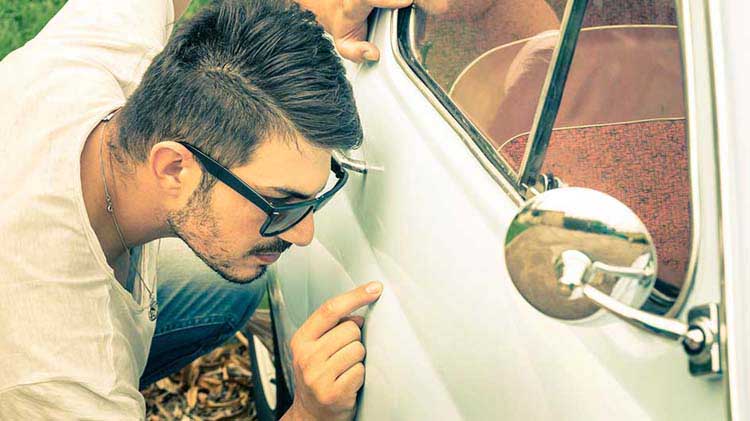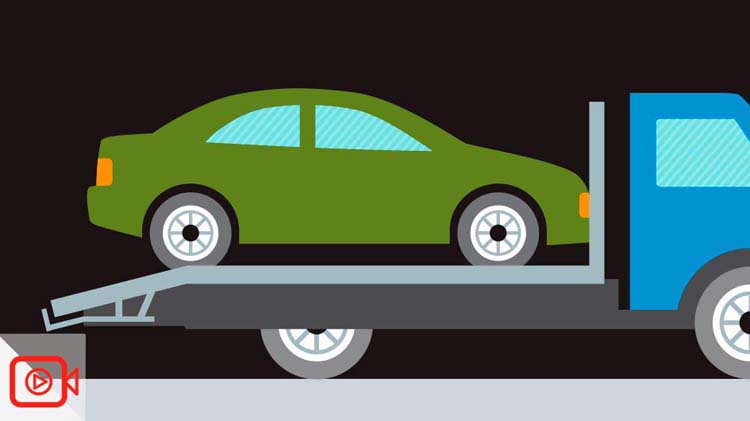How to jump start a car
Know what to do if your vehicle's battery dies.
Knowing how to connect and remove jumper cables can be invaluable when your car battery dies and you need to jump-start your vehicle. According to Kelley Blue Book, the following steps can help you jump-start a car battery.
Preparing to jump-start a car
- Check for compatibility. Don’t attempt to jump-start if either vehicle has an electronic ignition system or is powered by alternative fuels, as this could cause damage.
- Position vehicles. Park the working vehicle close to the stalled one, without allowing them to touch to prevent electrical conduction or sparks.
- Engage safely. Turn off both ignitions, engage parking brakes and shift to park or neutral. Disable all electronics to minimize power consumption.
- Battery check. Open the hoods, clean any dirty or corroded battery terminals and ensure the positive (+) and negative (-) markings are clearly visible. Do not attempt to jump-start a leaking or frozen battery.
- Polarity caution. Keep cable clamps from touching each other and never reverse the polarity (connecting positive to negative) to avoid serious damage. Always connect the red (positive) clamp to the positive terminal and the black (negative) clamp to the negative terminal.
How long does it take to jump a car?
Jumping a car may typically take around 15 minutes once everything is set up correctly. This time frame includes attaching cables, starting the functioning vehicle and letting the battery charge sufficiently to start the dead engine.
Attaching the jumper cables
Learn how to use jumper cables:
- Grab clean cables. Use a set of corrosion-free jumper cables (yours or a borrowed pair).
- Locate the batteries. If needed, reference your car’s manual to see where the batteries are positioned. Some may be uniquely placed or have jump-start points — marked connection spots with positive and negative symbols that allow you to safely jump-start your vehicle without needing direct access of the battery.
- Start with the dead battery. Attach one red clamp to the positive (+) terminal on the dead battery.
- Move to the working battery. Attach the other red clamp to the positive (+) terminal on the working battery.
- Negative connection (working battery). Attach a black clamp to the negative (–) terminal on the working battery.
- Ground the final clamp. Attach the last black clamp to an unpainted metal surface on the stalled car – such as the engine block or the car frame.
- Start the working vehicle. Let the car that’s acting as your battery jumper run for a few minutes to transfer some charge. Rev the engine slightly to help transfer more current.
- Attempt to start the dead vehicle. If it doesn’t start right away, wait another minute or two, then try again.
Removing the jumper cables
- Keep the engine running. Once the stalled car starts, keep it idle and do not shut it off.
- Detach carefully. Remove the black clamp from the jumped car first, next disconnect the black clamp from the booster car, then remove the red clamp from the booster car and disconnect the red clamp from the jumped car. Ensure the clamps don’t touch each other while any end is still attached to a vehicle.
- Recharge time. Try to drive the vehicle for about 20 minutes so the battery can continue charging.
Car battery still dead
- Double-check clamps. Check that each clamp is securely fashioned to the correct terminal or ground point.
- Run and retry. Run the working vehicle again, then attempt to start the stalled car.
If that still doesn't work, that's where State Farm® Emergency Road Service coverage comes in handy. Once you’re safe, follow these battery replacement tips if needed. To help prevent this in the future, stay up-to-date on your car maintenance schedule.





